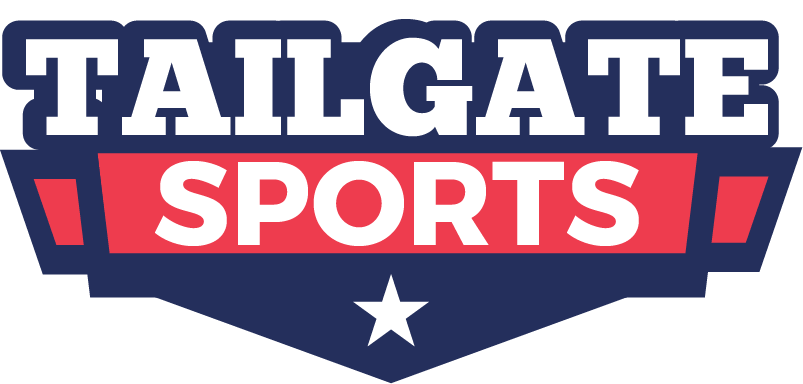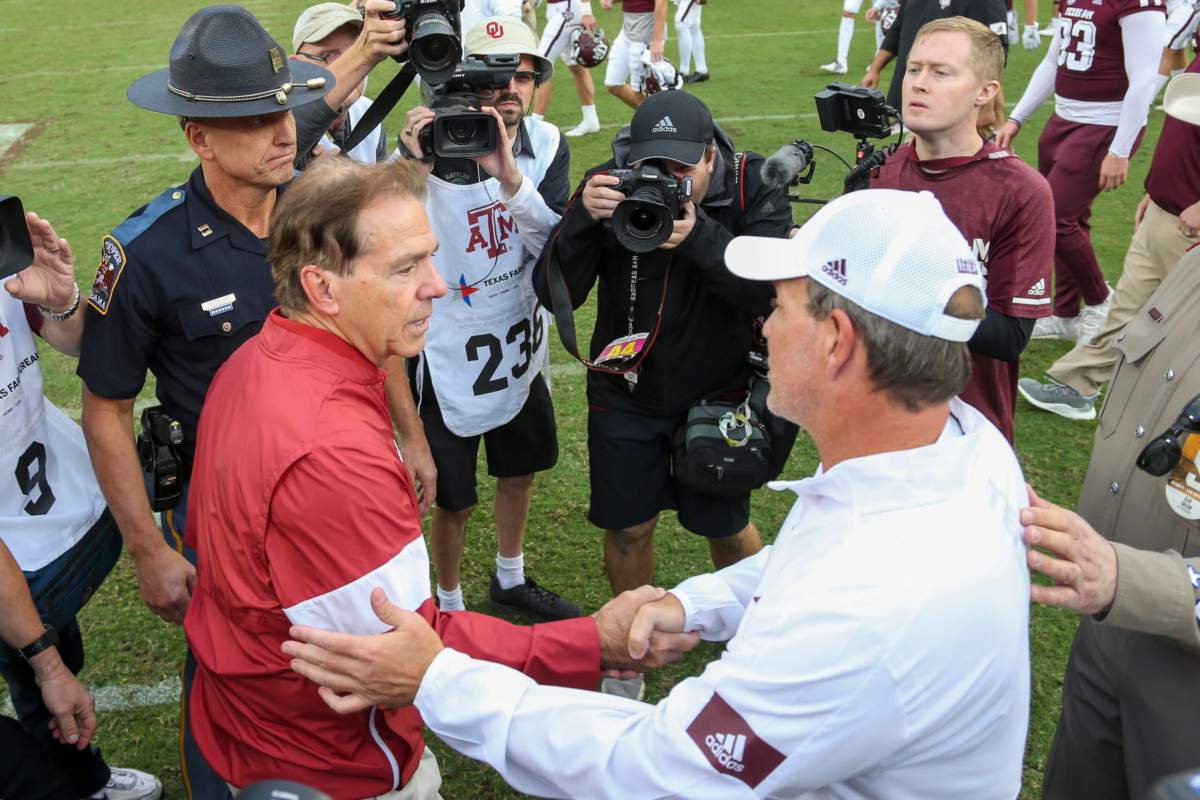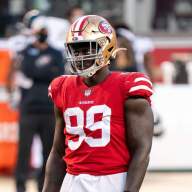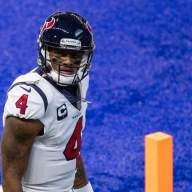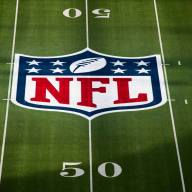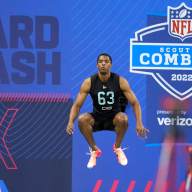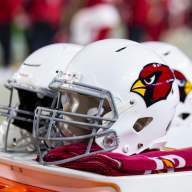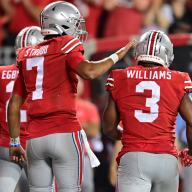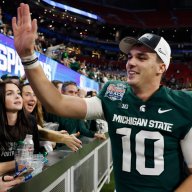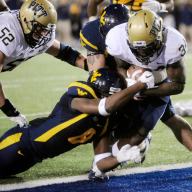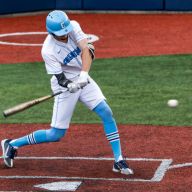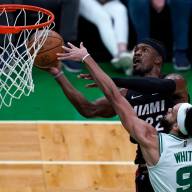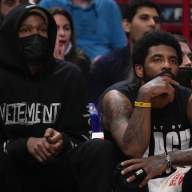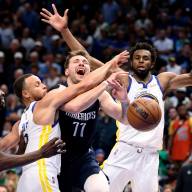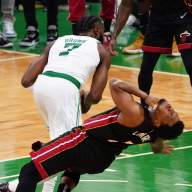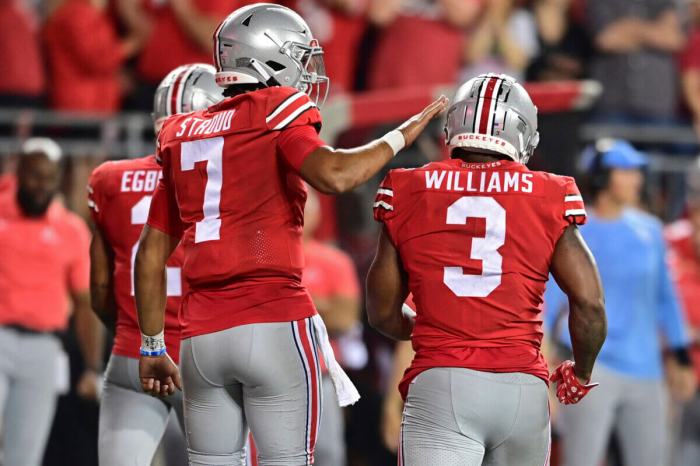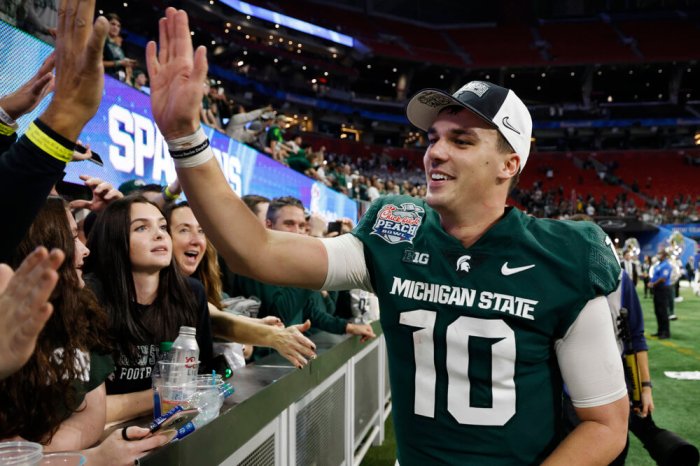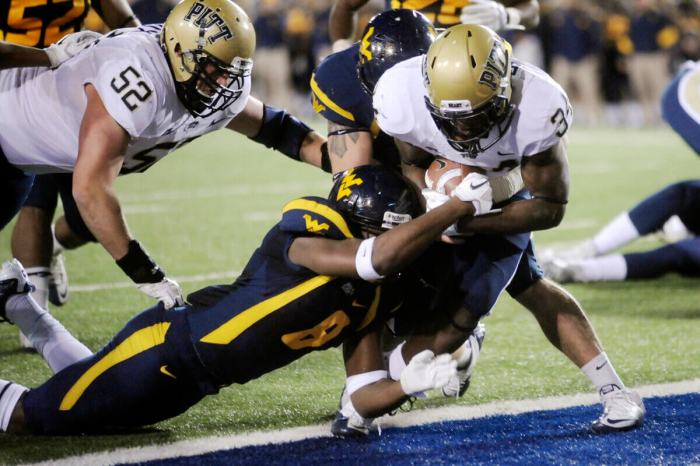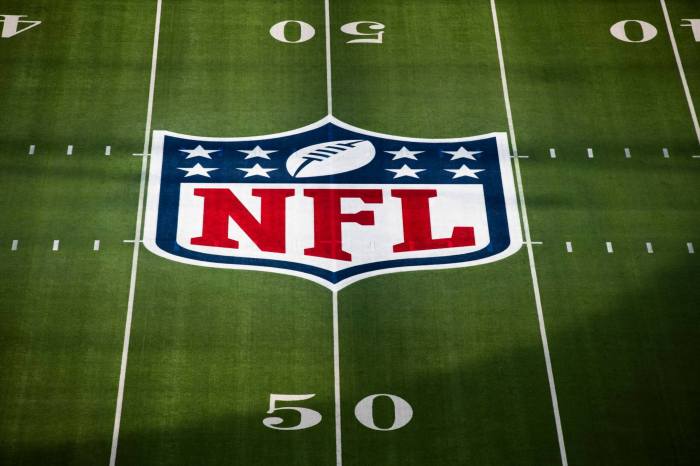Last week, the NCAA football landscape was swept up in the NIL controversy surrounding Alabama head coach Nick Saban calling out Texas A&M head coach (and former Saban assistant) Jimbo Fisher for buying “every player” with NIL deals.
Now, there are a few things we need to understand in order to fully comprehend this story and also the larger ramifications of the discussion that are less Soap Opera-y but just as important.
For starters, NIL stands for “name, image, and likeness.” In June of 2021, the Supreme Court ruled that college athletes could be compensated for the use of their name, image, or likeness, essentially overturning one of the NCAA founding principles that college athletes could not be paid. A business model that the Supreme Court ruled to be “flatly illegal in almost any other industry in America.”
Some examples of how college athletes can benefit from this have been deals like TiVo providing branded pajamas and $400 debit cards to Georgia Tech football players, while also providing the school with upgraded audio/visual equipment in exchange for the players promoting TiVo on social media.
Many schools, like Georgia Tech, have been working to broker NIL deals for their players not only because the schools themselves also see a benefit (like the upgraded A/V gear) but because schools that provide better deals for their players are likely to see a boost in recruiting.
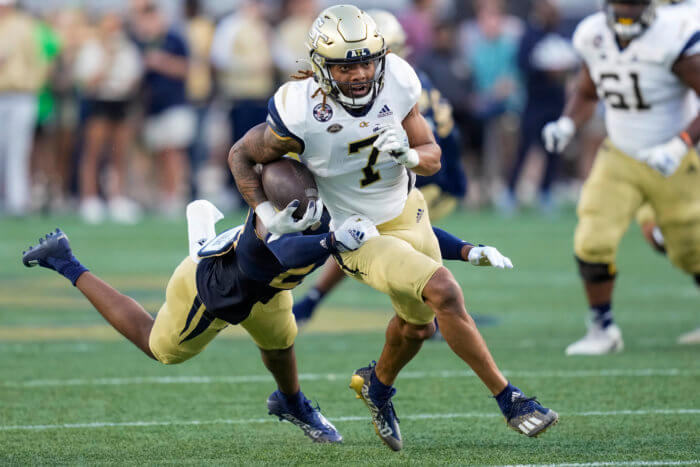
For more NCAA football news like this NIL controversy, visit Tailgate Sports College Football News
And that’s where we come back to Saban’s comment. Schools like Alabama that have a strong track record of success at both the collegiate level and in terms of developing future professionals have long had an edge in recruiting (It also doesn’t hurt that many of these schools have influential and wealthy boosters). However, now that edge could be lessened by schools that are in markets with stronger media connections or schools that are more creative in promoting their own athletes.
(Saban’s anger might also stem from the fact that high-salaried college coaches like him are not likely to control NCAA football in the future in the way they currently do. NIL deals unquestionably give more power to the athletes).
As a result, there is some discussion about whether or not the NCAA football landscape will be drastically altered from what we’ve come to expect. The NCAA claims it will investigate how the NIL rules impact athletes’ school choice, transfer opportunities, and mental health, but once the cat’s out of the bag, it’s hard to get it back in.
Just as we know that colleges have been using boosters to secretly provided recruits with money or other incentives, there will likely always be NIL arrangements made that allow the schools to lure recruits who may otherwise be on the fence.
However, as the NCAA tries to figure out the far-reaching ramifications of the NIL decision, the NCAA football betting landscape is likely to be unquestionably altered in the near future. With players now having a new element to consider when making their college decisions, traditional powerhouses may be weakened and new ones may emerge. Thus, bettors may have the reshape how they view the NCAA football landscape.
Even more importantly, it may take a few weeks into the season before we can get a real sense of how some of the player movement will truly impact the results on the field. As with any changing market, there will likely be a lag between when the on field performance is reflected in the lines and action, so sharp bettors may be able to take advantage of “name recognition” lines and bets that don’t take into account the actual talent on the field for the new season.
Those looking to find an edge would be wise to keep reading practice reports and first-hand scouting pieces over the summer (which we will have here at Tailgate Sports) in order to see which teams’ performance may be most impacted by the new NIL rules.
